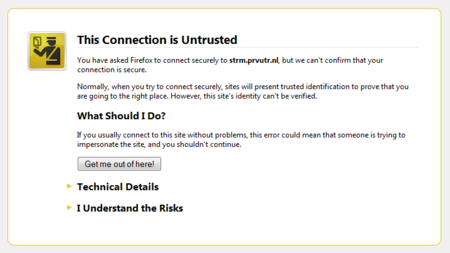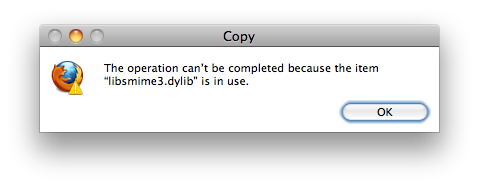Like most security conscious people I use Firefox (FF) for my everyday browsing on the Internets. So when the Mozilla guys released version 3 I installed it on all my machines (2 Windows and 2 OSX platforms).
It was a bit getting used to. The underlying FF part had been changed. Bookmarks, history etc are all stored in sqlite databases. So no more flatfiles. This took me a couple of hours to figure it out, but finally I got 'there'.
Using FF was business as usual... Apart from one very annoying bug; Opening new windows (not new tabs) results often in an empty bookmarks bar. And this is happening on Windows and OSX versions of FF.
The bookmarks are 'there' but not click-able. Using the right mouse button (on OSX: ctrl-mouse click) on the bookmarks bar and selecting 'Open All in Tabs', FF opens every bookmark in the bar.
The only way of restoring the proper bar is the completely shutdown FF and restart it. After that it works for a certain amount of time.
The problem isn't isolated to my environment. Just google on the issue, and you'll find more people. There's one suggestion I haven't tried yet. Starting with a fresh/clean profile, but I do need my settings/passwords/bookmarks. I'm lost without those :(
UPDATE: I tried a new profile, and this seemed to work. After this I started to repopulate the new profile with the old settings, etc. Everything went fine until the point where I added the extensions. It seems that even old / not active extensions (SwitchProxy in my case) are still able to f*ck things up.
 Sunday, April 1, 2012 at 21:59
Sunday, April 1, 2012 at 21:59  FireFox,
FireFox,  PKI,
PKI,  certificates in
certificates in  Annoying,
Annoying,  Browsers,
Browsers,  Tips'n Tricks
Tips'n Tricks 






